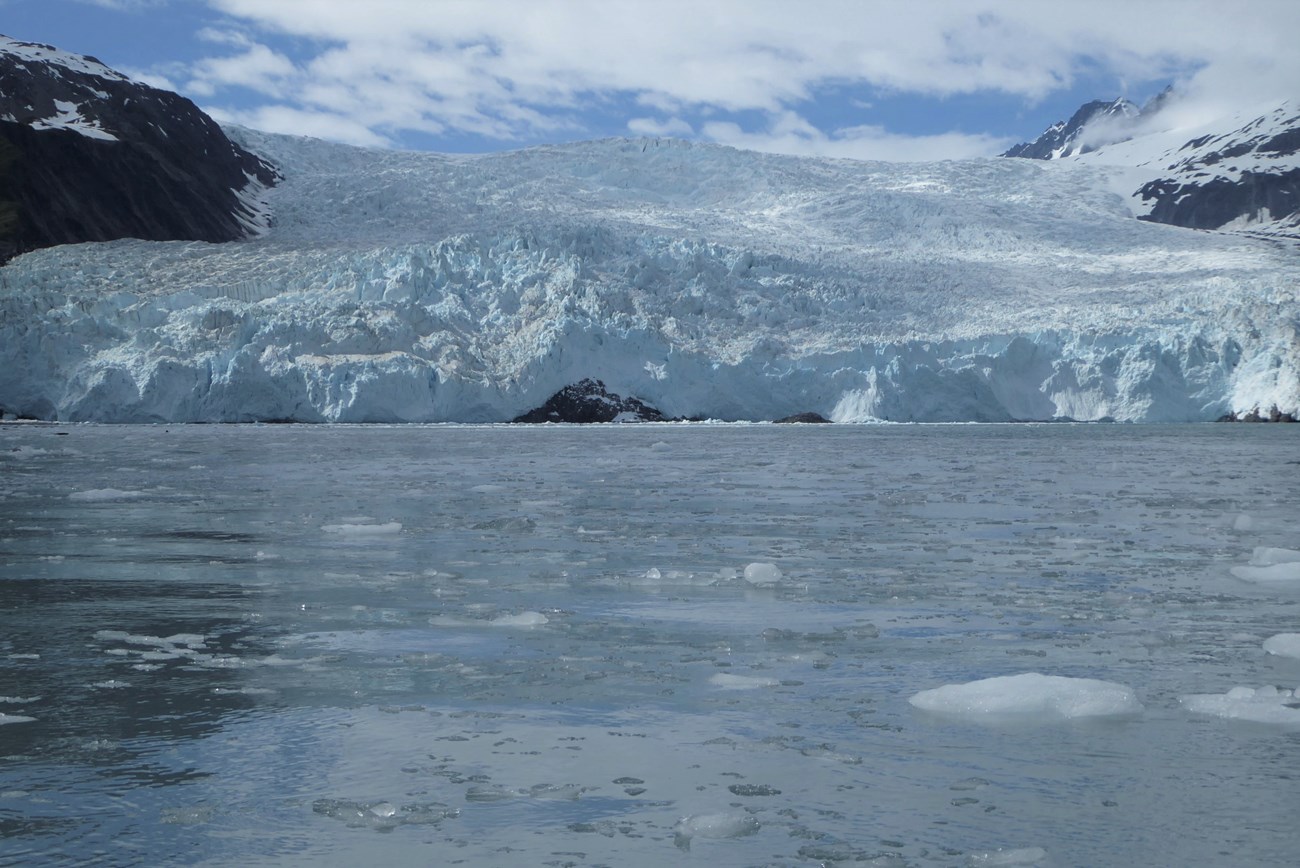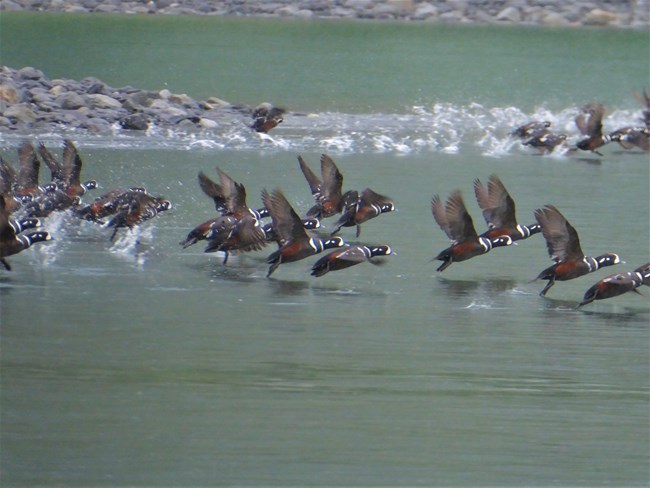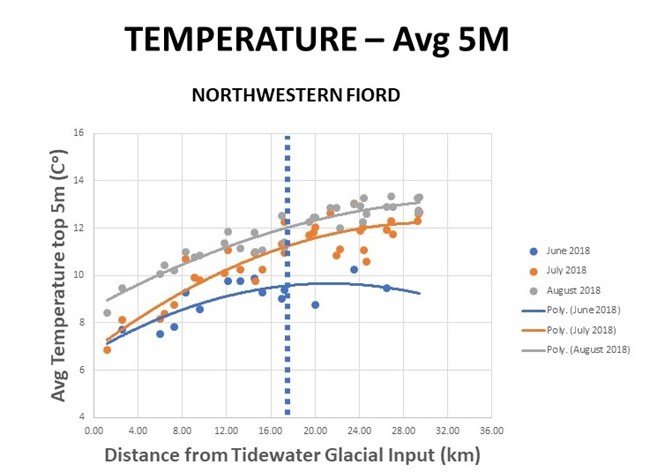Last updated: December 2, 2021
Article
Nearshore Ecosystem Response to Deglaciation

Teasing Out the Role of Glaciers in Coastal Ecosystems
“It’s complicated,” explains Deb Kurtz, one of the principal investigators, about a newly launched study of coastal habitats in Kenai Fjords National Park. Fjord ecosystems are complex and multilayered and are continuously being influenced by a host of ever-changing factors from both land and sea. The Nearshore Ecosystem Response to Deglaciation Study (NERD for short) is an effort to tease out the role glaciers play in this scenario. And if all this complexity weren’t enough of a challenge, the study is under the added pressure of a ticking clock.
Glaciers are receding the world over, and Kenai Fjords National Park’s glaciers are no exception. In Alaska, glaciers have experienced rapid and increasing rates of retreat during the 20th century and are predicted to shrink considerably by the end of this century. Tidewater glaciers, those that terminate in the sea, are particularly vulnerable. According to Esler and Kurtz, the study’s authors, “Many (of the park’s tidewater glaciers) are on the cusp of receding above sea level.”

These crushing rivers of ice have, for millennia, dominated the landscape and made their mark on every facet of the environment, living or dead. But their influence may be waning, along with their girth. How exactly have they shaped Alaska’s nearshore zones? What will their absence mean for these rich coastal ecosystems, and for Kenai Fjords National Park’s famed marine wildlife? This expansive endeavor is no less than a glimpse into the nearshore marine ecosystem in a glacier-free future.

Kenai Fjords National Park was selected for the study due to its variety of fjord types in close proximity, and because these fjords span the gradient from ocean to freshwater within a relatively short distance. Additionally, background information, such as oceanographic, and marine plant, bird and mammal data, already exist for the region.

How is the Study Being Conducted?
The NERD study consists of a series of activities focusing on both the physical and biological attributes of three different types of fjords. Researchers will sample six fjords with varying degrees of glacial input – those with tidewater glaciers, those with glaciers that no longer reach the ocean, and fjords with little or no glacial input.


NPS Photo/D. Kurtz
Measures of physical oceanography began in the summer of 2018. Data were collected in tidewater glacier fjords only, during June, July and August to study effects of seasonally increasing glacial melt on marine surface water. Findings so far indicate that surface water clarity, temperature and salinity all increased with distance from the glacier. The data also indicate considerable seasonal variability in the measurements, presumably as input progressed from primarily precipitation, to snow melt, to glacial melt.
Oceanographic data were also collected from March to August 2019 in all fjord types, and these are currently being analyzed. Future data collection will help reveal both seasonal and annual variation in physical conditions and, subsequently, will be linked to biological data to shed light on how these factors influence intertidal communities.

A Matter of Time
Even in its initial stages, the study’s authors acknowledge the complexity and magnitude of this research. It is, they surmise, the reason such questions haven’t already been asked. “But,” says Kurtz, “being complicated doesn’t mean it’s not worth studying.” She has a point. Alaska’s rich and complex fjord habitats are highly valuable to wildlife and humans, alike. It is prudent to begin tackling the questions of whether glaciers contribute to their productivity, and how climate change may affect conditions now, while glaciers still meet the sea.

